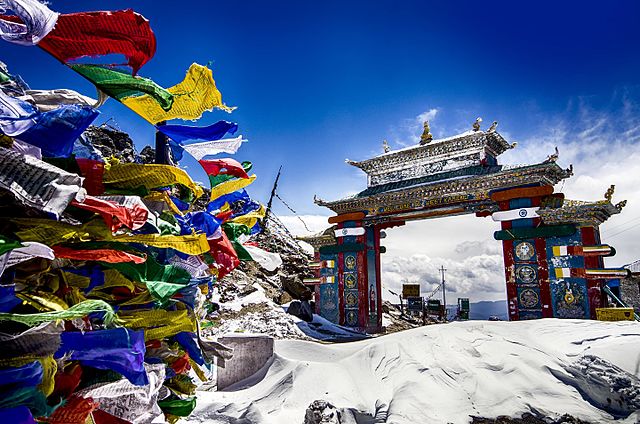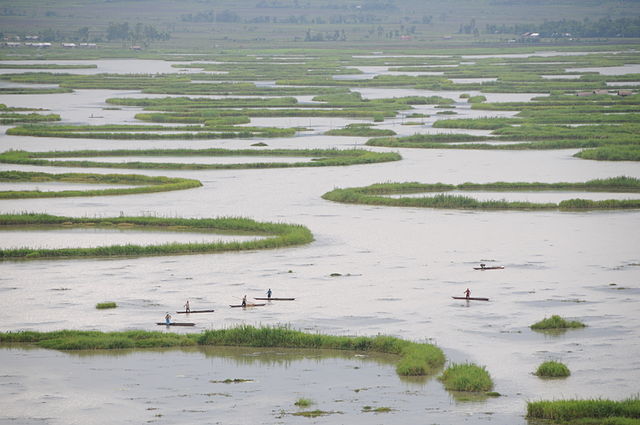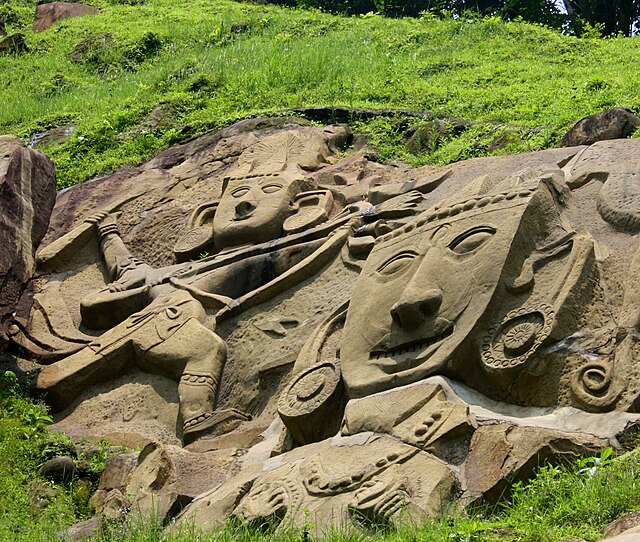Meitei, also known as Manipuri, is a Tibeto-Burman language of northeast India. It is the official language and the lingua franca of Manipur and one of the official languages of Assam. It is one of the constitutionally scheduled official languages of the Indian Republic. Meitei is the most widely-spoken Tibeto-Burman language of India and third most widely spoken language of northeast India after Assamese and Bengali.
There are 1.76 million Meitei native speakers in India according to the 2011 census. Most of these, or 1.52 million, are found in the state of Manipur, where they represent majority of its population. There are smaller communities in neighbouring Indian states, such as Assam (168,000), Tripura (24,000), Nagaland (9,500), and elsewhere in the country (37,500). The language is also spoken by smaller groups in neighbouring Myanmar and Bangladesh.
Yumbanlol (Yumpanlol), a group of 6th century Classical Meitei language copper plate inscriptions, written in Meitei script.
The first page of Loyumba Shinyen, the 11th-12th century Meitei-language constitution of Kangleipak.
An 1822 CE stone recording a royal decree attributed to King Jai Singh (r. 1759–1762, 1763–1798), erected at Andro, Imphal East, Manipur
Depiction of the 18th century historic burning of texts written in Meitei script.
Northeast India, officially the North Eastern Region (NER), is the easternmost region of India representing both a geographic and political administrative division of the country. It comprises eight states—Arunachal Pradesh, Assam, Manipur, Meghalaya, Mizoram, Nagaland and Tripura, and the "brother" state of Sikkim.
Image: Tawang Gate
Image: Loktak Lake Boat people Moirang Manipur India
Image: Kolodyne castle in Mizoram
Image: Unakotiswara Kal Bhairava,Unakoti ( ঊনকোটি)








